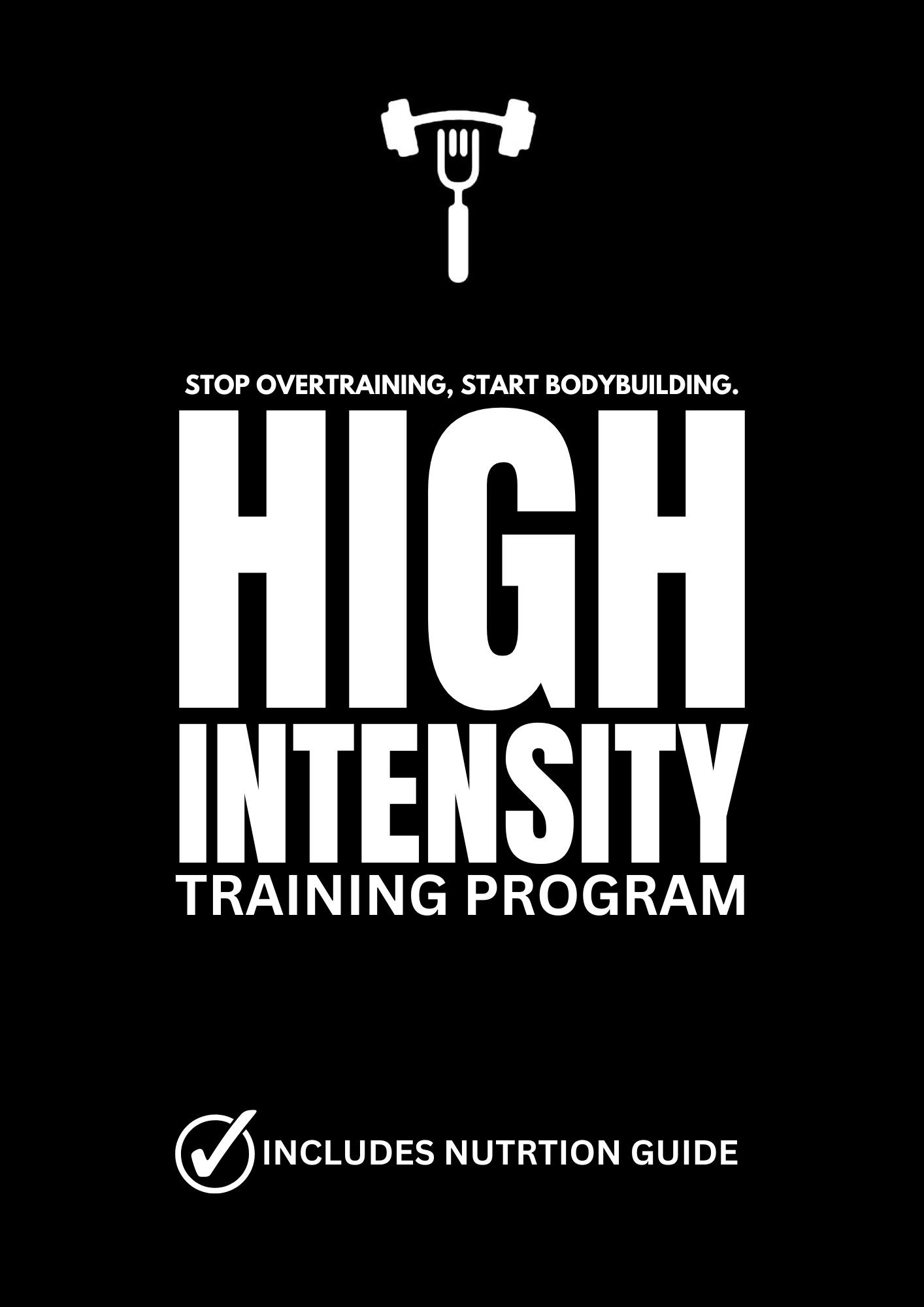The Impacts of Intensity on the Central Nervous System

This article delves into the intricate relationship between intensity and the central nervous system (CNS), exploring how high-intensity activities can exert significant stress on this vital system. Drawing insights from various studies and theories, this paper examines the physiological responses of the CNS to intense stimuli, shedding light on the potential consequences of prolonged exposure to such stressors. By understanding these impacts, individuals can better tailor their training regimens and lifestyles to optimize CNS health and overall well-being.
The central nervous system (CNS) serves as the command center of the human body, regulating various physiological processes and responses to external stimuli. One factor that can significantly influence CNS function is the intensity of activities or stimuli encountered by an individual. Intensity, defined as the magnitude or level of exertion, plays a crucial role in determining the stress placed on the CNS and, consequently, its adaptive responses. In this article, we explore the impacts of intensity on the CNS, examining both the short-term and long-term effects that can arise from exposure to high-intensity stimuli.
Physiological Responses to Intensity:
High-intensity activities trigger a cascade of physiological responses within the CNS, activating various neural pathways and systems to cope with the perceived stress. One notable response is the release of stress hormones such as cortisol and adrenaline, which help mobilize the body's resources to meet the demands of the intense activity. Additionally, intense stimuli can lead to increased neural firing rates and neurotransmitter release, facilitating rapid communication between neurons and enhancing motor coordination and performance.
Effects on Neural Plasticity:
While acute exposure to intensity can enhance neural plasticity and performance, chronic or excessive stress on the CNS may have detrimental effects over time. Prolonged activation of the stress response system can lead to dysregulation of neurotransmitter levels, impairments in synaptic function, and even neuronal damage. Studies have shown that individuals subjected to chronic stress may experience cognitive deficits, mood disorders, and increased susceptibility to neurological conditions such as depression and anxiety.
Implications for Training and Lifestyle:
Understanding the impacts of intensity on the CNS is crucial for optimizing training protocols and promoting CNS health. Athletes and fitness enthusiasts can benefit from incorporating periods of high-intensity training into their routines, but must also prioritize adequate recovery and stress management strategies to mitigate the risk of CNS overstimulation. Additionally, adopting lifestyle practices that reduce overall stress levels, such as mindfulness meditation, adequate sleep, and balanced nutrition, can help maintain CNS function and promote long-term well-being.
Conclusion:
In conclusion, intensity exerts profound effects on the central nervous system, influencing neural plasticity, performance, and overall health. While acute exposure to high-intensity stimuli can enhance adaptive responses and performance, chronic or excessive stress may lead to adverse outcomes, including cognitive impairments and mood disorders. By understanding these impacts and implementing appropriate training and lifestyle strategies, individuals can optimize CNS function and support their overall health and well-being.

